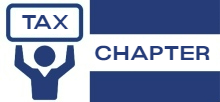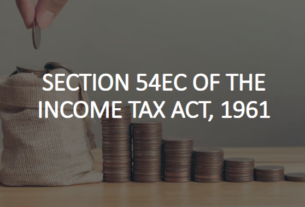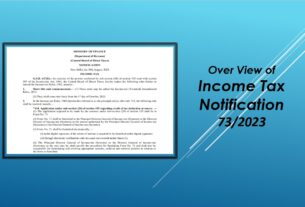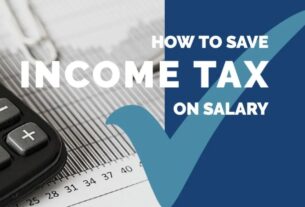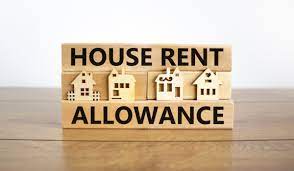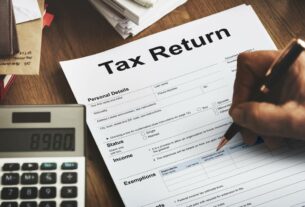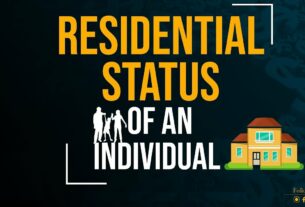Old Tax Regime vs New Tax Regime – Which is Better ?
The Budget 2023 announces the new tax regime as the default tax regime for the individual tax payer. The finance minister with certain welcoming amendments clarified the benefits of the new tax regime during her speech. The old tax regime is now the traditional income tax regime, while the new tax regime has been introduced as the default tax regime with an objective of simplifying the tax system.
Old Tax Regime
The Budget 2023 does not announced any change in the tax slab rate for the old tax regime. For the ongoing tax financial year 2023-24 (Financial Year 2024-25) , the slab rate for a resident individual tax payer is –
- Total Income upto 2.5 Lakhs – Nil / No Tax
- Total Income exceeding 2.5 Lakhs but upto 5 Lakhs – 5%
- Total Income exceeding 5 Lakhs but upto 10 Lakhs – 20%
- Total Income exceeding 10 Lakhs – 30%
Under this tax regime, the tax payer can claim several benefits in form of deductions and exemptions , which actually reduces the total income and simultaneously reduces the ultimate tax liability.
The most significant deductions available to a salaried class individual are –
- House Rent Allowance (HRA)
- Leave Travelling concession (LTA)
- Deduction u/s 80C upto INR 1,50,000 – Investment made in various instruments
- Public Provident fund (PPF)
- National Saving Certificates (NSC)
- Equity-Linked Saving Scheme (ELSS)
- Medical Insurance Deduction upto INR 30,000
These deductions significantly reduces the tax burden of the salaried class of tax payer. However, the drawback to this old tax regime is the higher tax rate. Considering the highest tax slab under this regime, the tax rate is arrived at 42.744%. In addition to the same, the tax payer has to keep the bird eye view on the investment considering the volatility of the market across globe.
New Tax Regime
The new tax regime was introduced with a lower tax rates to reduce the burden of tax on the tax payers, caveat with certain conditions and restrictions.
Only Standard Deduction of 50k is available for the salaried class. All such investments in PPF , NPS, NSC etc , the house rent allowance (HRA) etc are not available. Under this regime, the tax payers do not has any option of claiming the deductions and exemptions.
The tax is levied flat on the total income earned by the tax payer but with a lower rate.
For the ongoing year, the tax rate under the new regime is –
- Total Income upto 3 Lakhs – Nil
- Total Income exceeding 3 Lakhs but upto 6 Lakhs – 5%
- Total Income exceeding 6 Lakhs but upto 9 Lakhs – 10%
- Total Income exceeding 9 Lakhs but upto 12 Lakhs – 15%
- Total Income exceeding 12 Lakhs but upto 15 Lakhs – 20%
- Above 15 Lakhs – 30%
The tax payer still can claim the deduction of interest paid on the home loans under section 24 and contribution made under NPS.
Which tax Regime should be opted –
The government has still provided the option to select the best tax regime between the old and new to pay the tax accordingly. The choice of the tax regime shall be decided on the quantum of the deductions available with the tax payer.
The tax payers having a lower income and not making significant investments or paying significant amount of rent may opt for new tax regime as the best option as the tax liability will be significantly low.
The tax payers having their income in the highest bracket can opt for the new tax regime despite of making investments and receiving HRA, as the surcharge rate has been reduced significantly reduced by 12%, which will impact the tax liability.
